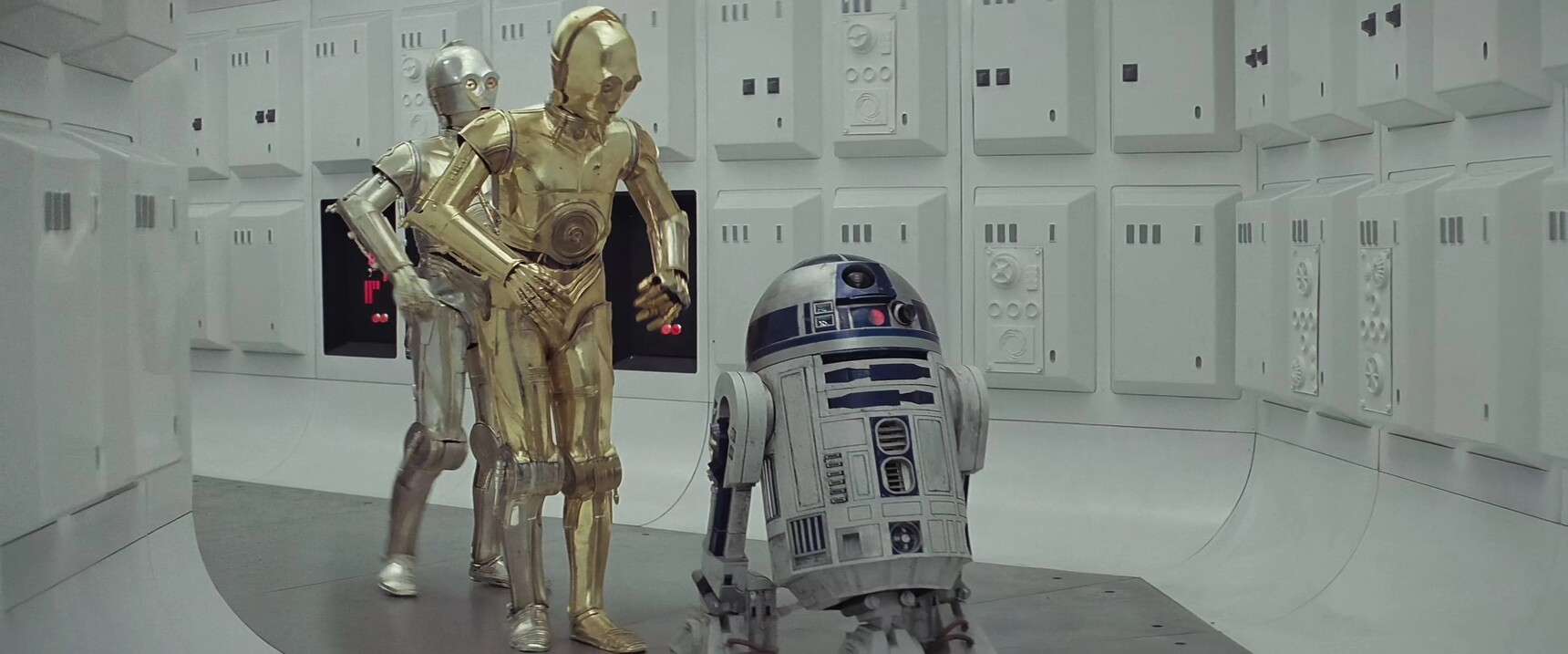Tantive IV

The very first version of R2-D2 that lodged itself into our imaginations was the remote-controlled unit equipped with the iconic third-leg drop mechanism. This droid wasn’t just a prop—it was the embodiment of the "used future" aesthetic that defined the original Star Wars universe. Its weathered, utilitarian appearance stood in stark contrast to the sleek, sterile visions of science fiction that had come before. It was a galaxy far, far away—but one that felt lived-in, worn down, and real.
Everything about this R2 communicated function over polish. The holoprojectors were chipped. The casing beneath the main photoreceptor was dented inward. Its rivets were unapologetically exposed, and the once-white paintwork was smudged and dirty. It had seen things. It had been places. And all of it was visible on its aluminum skin.
Unlike other units, this R2 had no actor inside. It was fully remote-controlled, relying on hand-built electronics and custom mechanical systems rather than puppetry or costume work. In the hands of Special Effects Supervisor John Stears, it was the closest thing to a real robot anyone had ever built for a major motion picture in 1976. Its very presence on screen—autonomously moving, pausing, pivoting—lent a new credibility to the idea of robotic characters as emotional, even lovable, beings.
This is my R2-D2. The one that’s lived in my mind since I first saw Star Wars in 1977 at the age of nine. It’s not the clean showroom model or the pristine replica—it’s the beaten-up, fully functional, production-used droid that rolled across the desert of Tatooine and straight into film history.
This is the version I’ve always wanted to replicate—not just to build a prop, but to recreate a moment. A piece of cinematic magic that felt astonishingly real, and still does.
Reply
Content aside
- 4 mths agoLast active
- 7Views
-
1
Following
